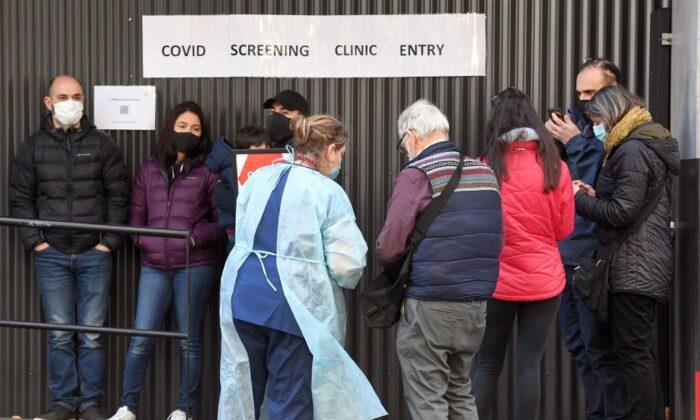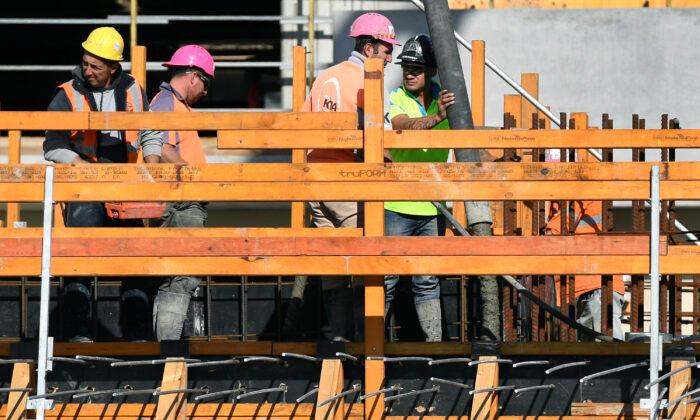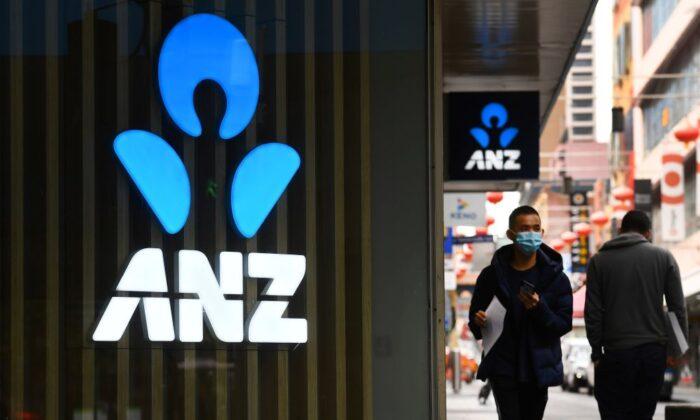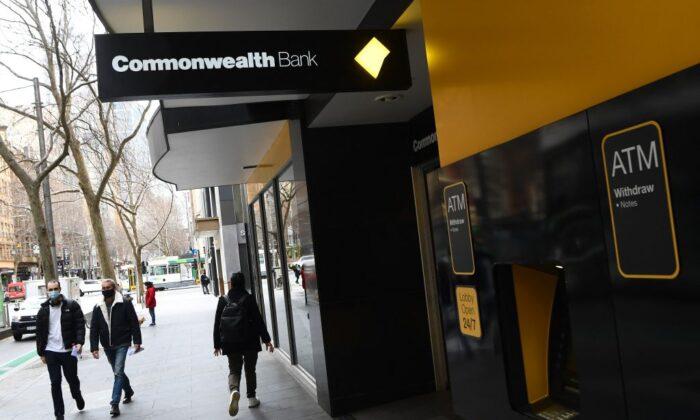Australian consumer confidence has slumped again in July as Victoria experiences its second significant wave of COVID-19 cases, with the new lockdown sparking pessimism over economic recovery prospects.
“The drop in confidence reverses all of last month’s impressive gain, taking the index back to the weak levels seen in May but still leaving it 16 percent above April’s extreme low of 75,” Westpac chief economist Bill Evans said.
The survey covers the week when the lockdown in Victoria was announced but missed the significant outbreaks popping up in New South Wales around The Crossroads Hotel in southwest Sydney.
On the state level, Victoria’s sentiment index recorded the highest drop of 10.4 percent, while all other states and territories showed a milder decline at a combined 4.5 percent.
Evans said the results reflect a substantial loss of confidence in containing the pandemic, as well as escalating concerns over job security and economic recovery.
“Sentiment has been rocked by the resurgence in coronavirus cases over the last month,” he said.
He explained that the renewed outbreak points to “a slower and more difficult path ahead,” especially for the foreign education, hospitality and tourism sectors, which may see “longer lasting restrictions even if the latest outbreak is successfully contained.”
In line with weakening consumer confidence, the unemployment expectations index surged 12.1 percent, indicating more consumers expect a further rise in the jobless rate in the year ahead. At 142.6, the index reverses much of the strong 19.3 percent improvement in May-June, well above its long-run average of 130.
The “economy, next 12mths” sub-index recorded the biggest decline, slumping 14 percent in July to be 25 percent below pre-COVID-19 levels.
The “economy, next 5yrs” sub-index recorded a sharp 10.3 percent fall, reflecting a reassessment of ongoing COVID-19 disruptions and a slower reopening.
“This is disconcerting as medium- term expectations for the economy held up reasonably well during the initial COVID shock—only falling 5.1 percent in March-April—and were slightly above pre-COVID levels in June,” the report said.
A weekly survey conducted by ANZ also highlighted the impact of Victoria’s lockdown on the prospects of the nation’s economic recovery.
ANZ head of Australian economics David Plank said the deteriorating conditions in Melbourne and the renewed lockdown are most likely the primary contributors to the turn in sentiment.
“The biggest fall has been in ‘current economic’ conditions, which are down around 15 percent over this period,” he said.
He also indicated that the government’s continuing fiscal stimulus would be vital in the months to come.
“In contrast, sentiment toward personal finances is close to unchanged, highlighting the role that the massive fiscal stimulus has played in shielding people from the direct fall-out of the economic slump triggered by the health response to the pandemic,” Plank said.





Friends Read Free